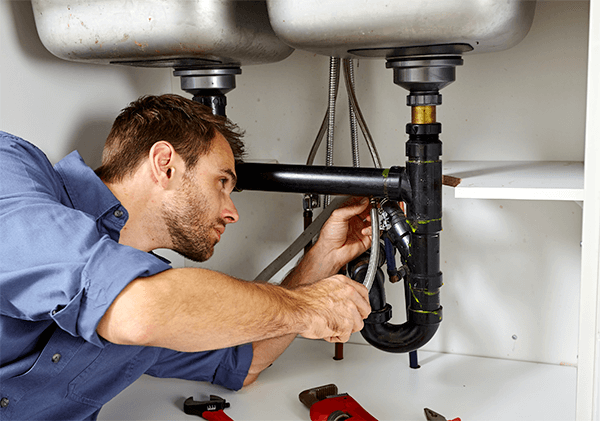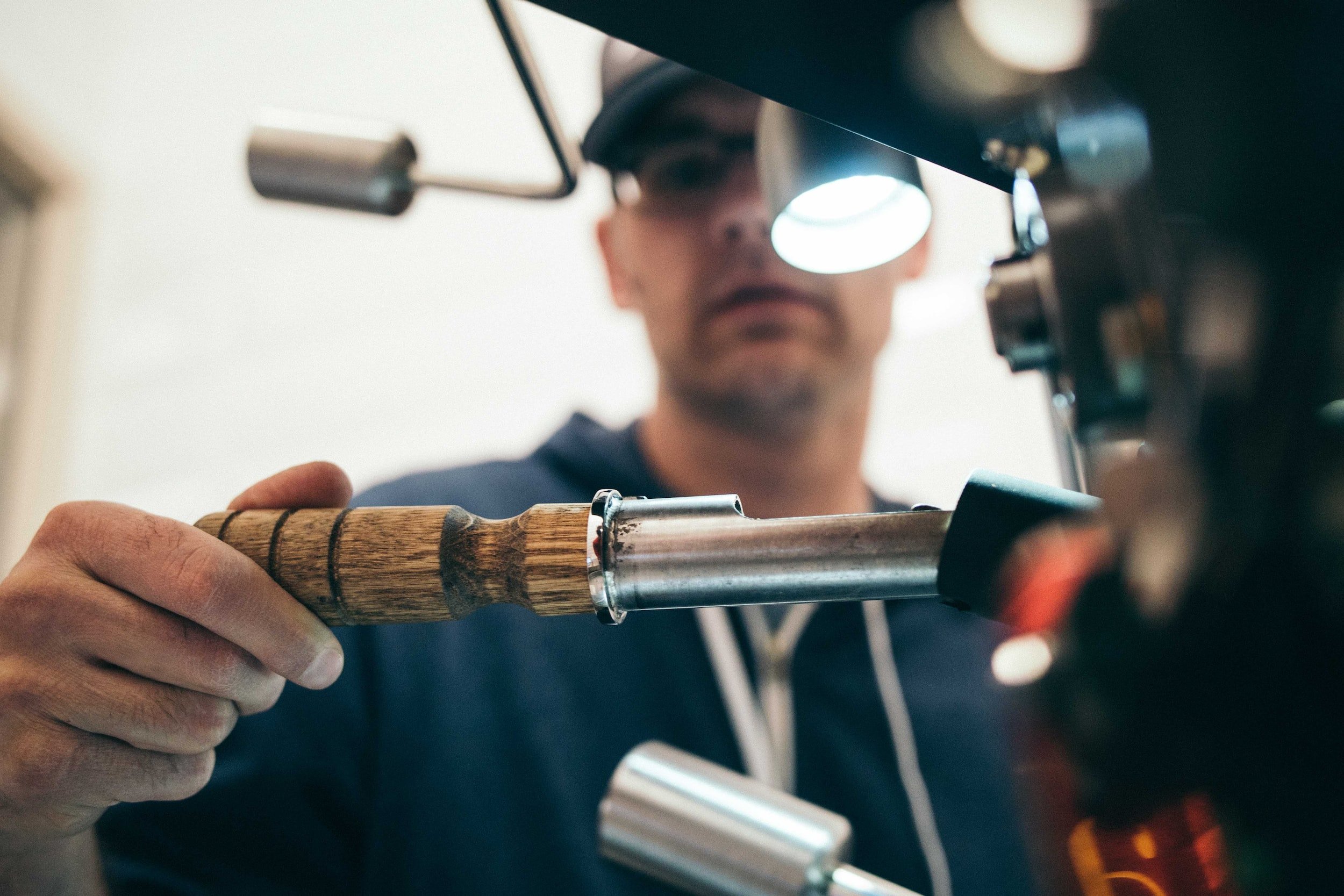Exploring Plumbing's Next Chapter: Patterns and Advancements
Exploring Plumbing's Next Chapter: Patterns and Advancements
Blog Article
Were you looking for information about 7 Plumbing Industry Trends You Need To Know?

Introduction
The pipes market is undergoing a transformative phase driven by technological developments and growing concerns for sustainability and performance. This short article discovers emerging patterns and developments shaping the future of pipes.
Governing Landscape
Regulative structures play an essential duty in shaping the fostering of plumbing developments, with criteria and codes controling everything from water performance to product security. As modern technologies continue to evolve, governing bodies have to adjust to make sure customer protection and environmental stewardship.
Future Overview
The future of plumbing is defined by continued advancement and combination with other markets such as IoT, renewable resource, and structure automation. By welcoming sustainable methods, leveraging arising technologies, and prioritizing user-centric design, the pipes industry is positioned to deal with the advancing demands of society while lessening its environmental footprint.
Augmented Truth in Pipes
Enhanced Fact (AR) technology is transforming plumbing by supplying specialists with real-time visual assistance for troubleshooting and repair tasks. AR-enabled smart glasses or mobile applications overlay digital information onto the physical environment, aiding plumbings visualize pipeline formats, determine surprise leaks, and perform repair services with precision.
Influence of 3D Printing
The development of 3D printing has actually presented new possibilities in making pipes parts. From custom-designed components to detailed pipeline fittings, 3D printing enables fast prototyping and on-demand manufacturing, decreasing lead times and making it possible for higher modification in pipes layout.
Health and Safety Features
In action to heightened issues for health and safety, plumbing fixtures are including functions such as antimicrobial surface areas, touchless operation, and self-cleaning devices. These developments not just boost health however likewise advertise customer convenience and ease.
Hygiene-focused Fixtures
Touchless faucets, self-sanitizing toilets, and antimicrobial surfaces are coming to be progressively common in residential and business settings, minimizing the risk of bacterium transmission and promoting a cleaner, much healthier atmosphere.
Water High Quality Monitoring
Innovations in water top quality tracking technologies enable home owners to keep an eye on the purity and safety and security of their water in real-time. Smart water top quality sensing units can discover contaminants, pH degrees, and temperature variants, empowering users to take aggressive procedures to make certain water safety.
Remote Pipes Solutions
Remote diagnostics and virtual support are changing the method plumbing solutions are provided. Via video clip conferencing and remote access modern technologies, plumbing professionals can fix problems, supply guidance for DIY repair services, and also execute remote examinations, using higher ease of access and comfort to property owners.
Difficulties and Opportunities
While pipes innovations hold tremendous promise, they also present obstacles such as data personal privacy issues, governing compliance, and the requirement for workforce training. Attending to these challenges calls for cooperation between industry stakeholders and governing bodies to guarantee secure and accountable execution of brand-new modern technologies.
Smart Plumbing Equipments
Integrating smart innovation into plumbing systems allows remote surveillance, leak discovery, and automated maintenance. Smart sensing units and IoT (Web of Things) devices enable property owners and plumbers to check water use and find issues in real-time, resulting in extra reliable source administration and aggressive upkeep.
Water Effectiveness Solutions
With increasing emphasis on water preservation, innovative remedies are being established to reduce water wastefulness in pipes systems. High-efficiency fixtures, greywater recycling systems, and clever irrigation controllers are amongst the technologies assisting consumers decrease their water footprint while keeping comfort and ease.
Sustainable Materials
The shift in the direction of sustainability extends to pipes products, with a growing choice for environmentally friendly alternatives. Biodegradable piping materials, such as PEX (cross-linked polyethylene) and HDPE (high-density polyethylene), offer longevity and resistance to rust without endangering ecological honesty.
Anticipating Upkeep
Anticipating maintenance techniques leverage data analytics and machine learning formulas to anticipate and stop plumbing concerns prior to they take place. By evaluating historical information and performance metrics, predictive maintenance formulas can identify patterns and anomalies, enabling positive interventions to prevent expensive repair services and interruptions.
Verdict
In conclusion, the future of plumbing is specified by a convergence of technology, sustainability, and user-centric style. By embracing wise options, sustainable products, and proactive upkeep techniques, the plumbing market can enhance performance, promote safety and security, and add to a more sustainable future.
The Future of Plumbing: Trends and Innovations to Watch
Introduction to Future Plumbing Trends
The future of plumbing is being shaped by several key factors, including technological advancements, environmental concerns, and changing consumer expectations. These factors are driving the development of new products, services, and practices that enhance the efficiency, sustainability, and convenience of plumbing systems.
Key Trends and Innovations in Plumbing
Smart Plumbing Systems: The integration of smart technology into plumbing systems is transforming the way we manage water usage and detect issues. Smart leak detectors, automated water shut-off valves, and smart faucets are just a few examples of how technology is enhancing plumbing systems. These devices provide real-time data and remote control capabilities, allowing homeowners to monitor and manage their water usage more effectively. Water Conservation and Efficiency: With increasing concerns about water scarcity, there is a growing emphasis on water conservation and efficiency. Innovations such as low-flow fixtures, greywater recycling systems, and rainwater harvesting are becoming more popular. Plumbers are adopting these technologies to help customers reduce their water consumption and save on utility bills. Sustainable Materials: The use of sustainable materials in plumbing systems is gaining traction. This includes the adoption of recyclable and biodegradable materials, as well as the use of non-toxic and eco-friendly products. Sustainable materials help reduce the environmental impact of plumbing systems and promote long-term sustainability. Energy-Efficient Water Heaters: Advances in water heating technology are leading to the development of more energy-efficient systems. Tankless water heaters, solar water heaters, and heat pump water heaters are becoming more prevalent. These systems offer significant energy savings and reduce the carbon footprint of homes and businesses. Trenchless Technology: Trenchless technology is revolutionizing the way plumbing repairs and installations are conducted. This method allows for the repair or replacement of pipes without extensive excavation, minimizing disruption and reducing costs. Techniques such as pipe bursting and cured-in-place pipe (CIPP) lining are gaining popularity. Health and Safety: The focus on health and safety is driving innovations in plumbing systems. Touchless faucets and fixtures, antimicrobial materials, and improved water filtration systems are being developed to enhance hygiene and protect public health. Plumbers are adopting these innovations to meet the growing demand for safer and healthier plumbing solutions. Remote Diagnostics and Monitoring: The ability to diagnose and monitor plumbing systems remotely is becoming increasingly important. Remote diagnostic tools and sensors allow plumbers to identify issues and perform maintenance without the need for on-site visits. This enhances efficiency and reduces the need for costly emergency repairs. Impact of Future Trends on the Plumbing Industry
Enhanced Efficiency: The adoption of smart technology and energy-efficient systems will enhance the efficiency of plumbing systems. This will lead to reduced water and energy consumption, lower utility bills, and improved performance. Sustainability: The focus on sustainability will drive the development and adoption of eco-friendly plumbing solutions. This will contribute to the conservation of natural resources, reduction of waste, and protection of the environment. Improved Customer Experience: The integration of technology and innovative solutions will improve the customer experience. Homeowners will have greater control over their plumbing systems, access to real-time data, and the ability to manage their water usage more effectively. Increased Demand for Skilled Plumbers: The adoption of new technologies and materials will require plumbers to acquire new skills and expertise. There will be an increased demand for skilled plumbers who are knowledgeable about the latest trends and innovations. Cost Savings: The use of efficient and sustainable plumbing solutions will result in cost savings for both homeowners and businesses. Reduced water and energy consumption, lower maintenance costs, and fewer emergency repairs will contribute to overall affordability. Preparing for the Future of Plumbing
Stay Informed: Keep up-to-date with the latest trends and innovations in the plumbing industry. Attend industry conferences, participate in training programs, and engage with manufacturers to stay informed. Invest in Training: Ensure that you and your team are trained in the latest technologies and installation techniques. This will enable you to offer cutting-edge solutions to your customers and stay competitive in the market. Promote Sustainable Solutions: Highlight the benefits of eco-friendly and energy-efficient plumbing solutions to your customers. Educate them about the advantages of adopting sustainable practices and products. Leverage Technology: Embrace smart technology and remote diagnostic tools to enhance your services. Offer remote monitoring and maintenance options to provide added convenience and value to your customers. Collaborate with Manufacturers: Partner with manufacturers of innovative plumbing products to gain access to the latest solutions and technical support. This can also provide opportunities for joint marketing efforts. Focus on Customer Education: Educate your customers about the benefits and functionality of new plumbing technologies. Provide guidance on how to use smart systems and maintain sustainable plumbing solutions. Conclusion
The future of plumbing is being shaped by exciting trends and innovations that promise to enhance efficiency, sustainability, and convenience. By staying informed and embracing these changes, plumbers can provide superior services to their customers and contribute to a more sustainable future. The adoption of smart technology, sustainable materials, and energy-efficient systems will drive the evolution of the plumbing industry, creating new opportunities and challenges. By preparing for the future, plumbers can ensure their success in a rapidly changing market.

We had been made aware of that article about from a buddy on our other blog. If you please pause to promote this article if you enjoyed reading it. Thanks a bunch for your time. Please come visit our website back soon.
Book Report this page